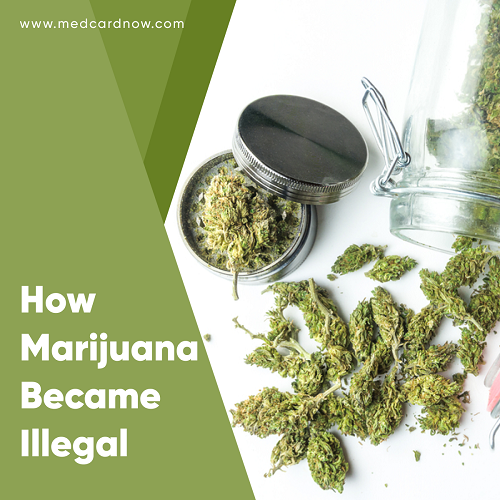
Currently, cannabis is a major topic amongst many politicians and the public. People want to know about the legal history of marijuana and how marijuana became illegal. It’s also important to know how it became a schedule 1 drug.
The Mexican migrants
To understand how marijuana became illegal read on this article. In the United States in the early 1900’s just after the Mexican Revolution there was a flow of migrants. These Mexican migrants went into states like Texas and Louisiana. Surprisingly enough, these Mexican migrants did not come alone. They brought alongside their native language, culture, and customs. The primary culture among these Mexicans was the use of cannabis as a medicine and relaxant.
The term Marihuana
The Mexican immigrant’s nickname for the cannabis plant was “marihuana”. This was a strange term to most Americans as most of them were familiar with “cannabis”. The media started stigmatizing these new citizens by falsely complaining about their behavior and their use of marihuana. American citizens didn’t know that “marihuana” was already a plant they knew about.
Demonizing the cannabis plant was another way to demonize the Mexican immigrants. To effectively monitor these new citizens, El Paso TX, took the example of San Francisco’s playbook. This state had outlawed opium years earlier to effectively control Chinese immigrants. The notion was to have the means to search, detain and deport Mexican immigrants.
Marijuana Became Illegal
That excuse results in how marijuana became illegal.
This method of controlling individuals through their customs was good enough. Its success made it become a national strategy for monitoring certain populations.
The Marijuana Tax Act
In the 1930s there were hearings on marijuana law. Claims began to spread about the potential of marijuana to cause men of color to become violent. There were also claims about how men of color solicit sex from white women. This made the creation of the Marijuana Tax Act of 1937 which effectively banned cannabis use and sales.
This Act was ruled unconstitutional several years later, but this wasn’t the end. It was replaced with the Controlled Substances Act in the 1970s which ranked drugs according to their risk and potential for addiction. Cannabis was under schedule 1 which was the most restrictive category.
The Schafer Commission
The Schafer Commission later suggested that cannabis should not be a Schedule I drug. It even went as far as denying it as an illicit substance. But Nixon did not support the recommendations of the commission, and marijuana was still a Schedule I substance.
In 1996, California became the first state to approve medical marijuana. This ended a 59-year reign of cannabis as an illicit substance with no medical value. Before 1937, cannabis reached a milestone of 5000 years, serving as medicine across many cultures.
Cannabis critics believe that there is no research to warrant medicinal use. On the other hand, supporters of medical marijuana celebrate the 5000 years of cannabis history. Cannabis was a long-term treatment for many conditions in different communities and still works to date.
Bottom line
Currently, 23 states, including Washington, DC, have passed medical marijuana laws. This has made the public question why cannabis is still illegal at the federal level.



